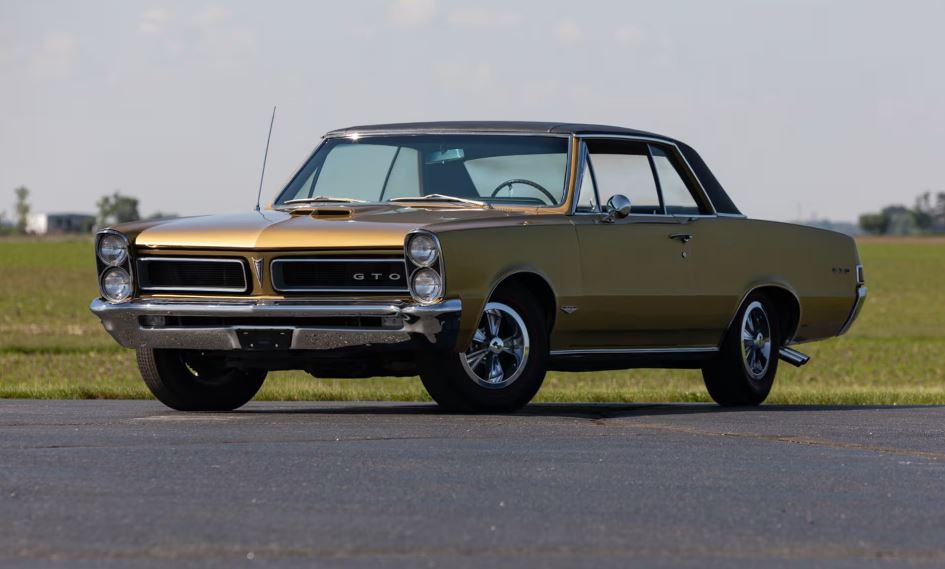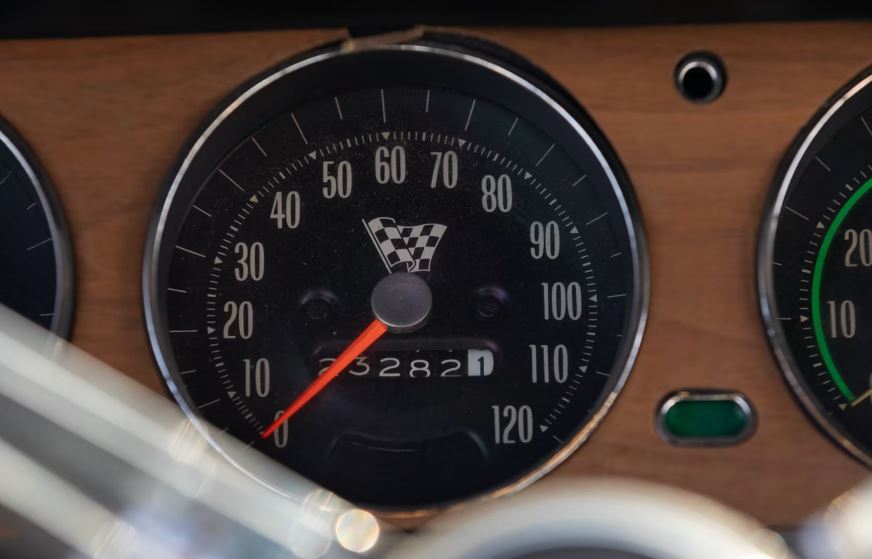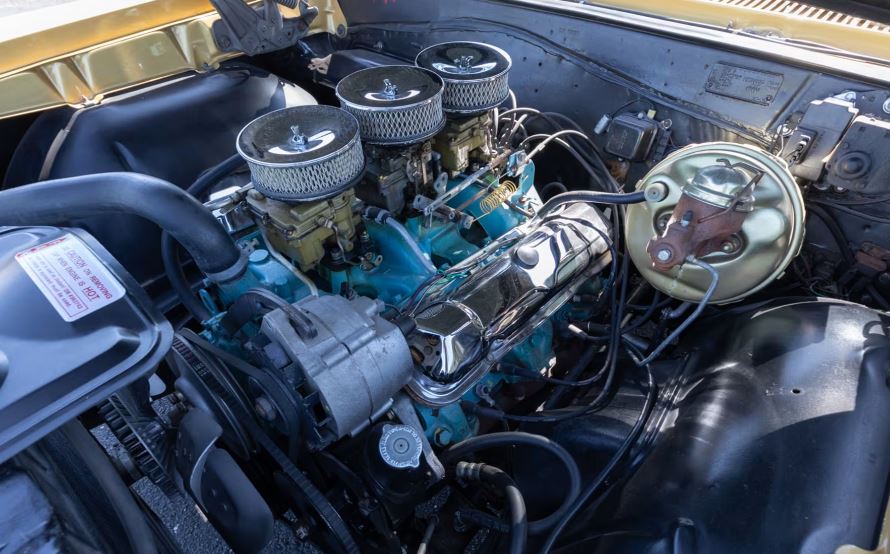The Pontiac GTO debuted as a performance package on the 1964 Le Mans and became an instant hit. It sparked the muscle car movement that would dominate the rest of the decade and the very early years of the seventies. The nameplate lasted two seasons as an add-on, after which it was promoted to separate model ranks.
The GTO moniker first appeared on 32,405 Ponchos in the first year of production. Still, customers were so thrilled that the car became a rave in its segment for the remainder of the decade. In 1965, over 77,000 Americans ordered the Pontiac Le Mans GTO, sold to the very appealing intermediate body—full-size V8 combo that Pontiac invented to bypass the 1963-imposed General Motors ban on performance.
That particular engine would be the 389-cubic-inch Pontiac ‘uni-block’—the 6.5-Litre (yes, British spelling was still a thing back in the sixties and seventies) V8 commonly associated with Catalinas, Bonnevilles, and 2+2s. But even among equals, one has to rule supreme – and the Pontiac GTO had two engine options for 1965. While the powerplant setup was basically carried over from its debut year, the power ratings were improved.
The 1965 GTO’s primary weapon was a 335-hp, 431-lb-ft V8 with a single four-barrel carburetor, but that was just for starters. The step-up came with a two-barrel carburetion (stacked in packs of three atop the intake manifold) and yielded 360 hp and 424 lb-ft. It was an optional extra powerplant, but it convinced one-third of buyers it was worth the cost.
More than 20,000 Tri-Power GTOs rolled off the line for the second model year of the nameplate, enough to keep it safely outside the ‘rare,’ ‘hard-to-find,’ ‘unicorn,’ or other metaphorical references to it. Still, even among equals, there are privileged. Back in the early years of the car, Pontiac advertised its muscle car as a tiger on the street.
The division even offered a color scheme that reminded the customer of the majestic Asiatic feline. The Tiger Gold option had a yellow-and-black exterior with a black interior, and around 100 examples were sold in this chromatic combination. That is a rare find, no matter how we put it, and one of those examples is for sale.
The car in question sports a vinyl black top, a four-speed manual transmission, a restored paint job, and the original eight-cylinder motor. It belonged to Reggie Jackson, the Major League Baseball legend of the seventies and eighties. The car has changed hands several times since the Hall-of-Famer athlete sold it in 2009.
Six years later, in 2015, the car was deemed worthy of $74,000, and two months ago, it was sold again for a nice, round $70,000. A month from now, it will go under the hammer once more at the Monterey auction. Currently, the odometer shows 23,282.1 miles (37,468.9 kilometers).
Looking at photos from 2009, when it was first auctioned from the baseballer’s collection, we see it has covered just 6.4 (10.3 kilometers) miles, for a total of 23,275.7 miles today (37,457.6 km). However, whether it’s actually 123k miles or there’s some other story waiting to be told to the next owner, that shouldn’t be a deal-breaker for the case in point.
The four-speed manual transmission is controlled via a floor shifter that made history back in the day – a Hurst stick. The lever is complemented by Hurst wheels (they were optional) with bullet caps, a sport steering wheel, and a 3.55:1 Saf-T-Track limited-slip differential. And, because it was – and still is – the original muscle car, this particular Tiger Gold example was fitted with the rally gauge and tach package.


